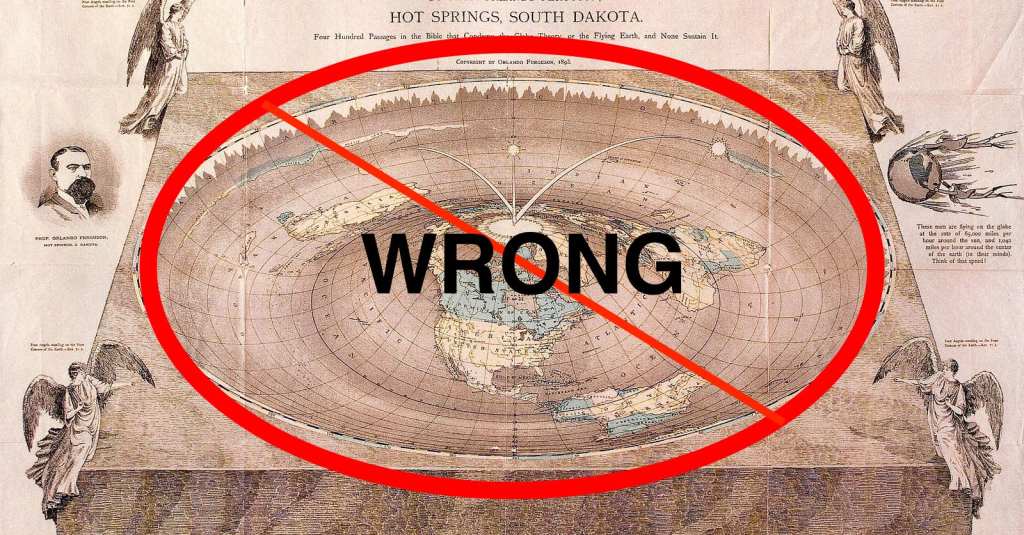Trending Now
For some utterly baffling reason, the idea that the Earth might not be a sphere, but rather a flattened disc, has made a comeback.
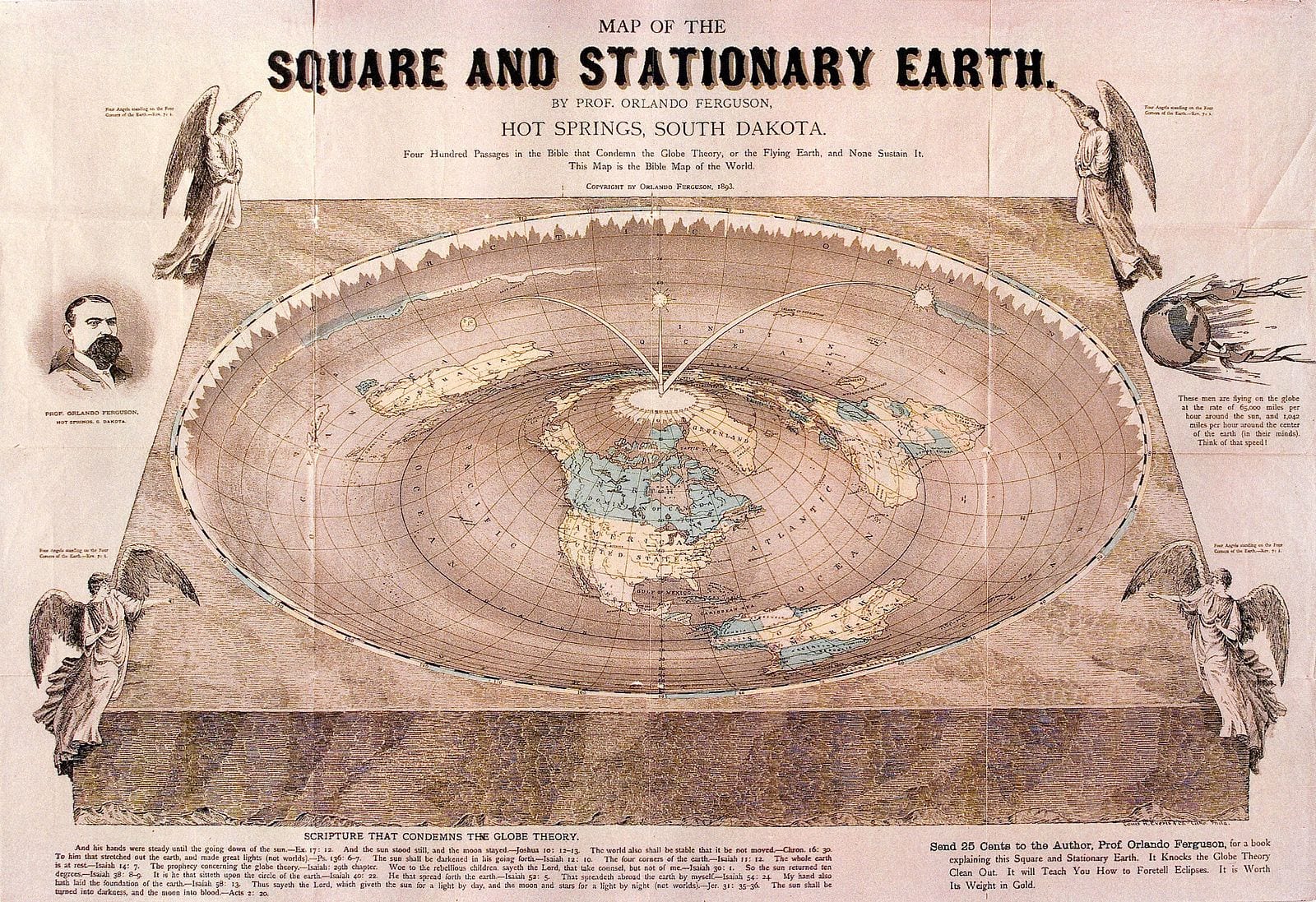
A flat Earth map created in 1893.
Photo Credit: Public Domain
This ridiculous theory seems to be growing in popularity, despite the fact that the sphericity of the world has actually been widely accepted and believed by educated people since it was first theorized in the 6th century BCE, and confirmed a few centuries later.
Let me repeat that: we’ve known the world was round for about 2400 years. That’s pretty much as long as we’ve known anything collectively as a species.
And let me clarify something. When I say “educated people”, I don’t mean to imply that this is an elitist point of view; I simply mean that for a long, long time, the only people who really thought about this sort of thing were people who had the leisure time to read books, do experiments, and generally become schooled, most of whom had either money or moneyed patrons. Everyone else pretty much had their hands full just surviving as long as they could.
“But I thought Christopher Columbus was the man who discovered the Earth was round,” you say.

Christopher Columbus accomplished a major feat in sailing across the Atlantic, but let’s not forget he that was not the first and that he committed mass murder when he made it across. So…not the best guy.
Photo Credit: Public Domain
Well…actually, no. 1300 years before Christopher Columbus set sail, Ptolemy wrote his treatise Geography, in which he took to be fact the world’s roundness. And in fact, Ptolemy’s Geography was in Columbus’ library – and it was frequently studied across Europe.

A map from Ptolemy’s Geography, curved to acknowledge a round Earth
Photo Credit: Public Domain
As far as we know, the idea of a spherical earth was originally posited by Pythagoras (570 – c. 495 BC), of the eponymous theorem. It is unclear whether he had evidence or if he proposed a spherical Earth more out of aesthetic symmetry, but his theory soon gathered proof. Either Pythagoras or, perhaps, his students realized that ships do not simply appear, tinily, at the edge of the horizon as they sail towards port. In fact, they seem to emerge from the water, mast first, followed by the lower portions of the vessel. These observations are only possible if the viewer’s field of view is flat, while the sea is rounding down.

Stills taken as a ship sails over the horizon. Notice how it seems to sink into the water.
Photo Credit: Youtube, Mathias Kp
Pythagoras’ ideas were reconfirmed by Aristotle (384-322 B.C.) two centuries later. As he noted in his book On the Heavens:
“Again, our observations of the stars make it evident, not only that the Earth is circular, but also that it is a circle of no great size. For quite a small change of position to south or north causes a manifest alteration of the horizon.”

Aristotle (right) is pictured talking to Plato (left). Two very smart Greeks.
Photo Credit: Public Domain
He’s saying that not only is the world a globe, it’s not even a very big globe, which we can tell because if you move a few hundred miles north or south, you begin to see totally new constellations in the sky. And the ancient Greeks were extremely familiar with their constellations – way more than we are now – so you can bet that Aristotle knew what he was talking about.

The constellation Hydra is just one of many that the ancient Greeks could easily pick out of the night sky.
Photo Credit: Public Domain
Aristotle spent a lot of time looking at the sky, and he also noted that during an eclipse, the leading edge of the Earth’s shadow across the moon is always curved, not matter where the moon was in the sky. The only shape that always casts a round shadow is a sphere.

Eclipses look basically like this every time, no matter where the moon is positioned in the sky
Photo Credit: Public Domain
All three of these proofs still clearly hold true today. If you’re not to be convinced on classical antecedents alone, consider the most obvious way we have in modernity to know that the Earth is round: pictures. Literally tens of thousands of pictures have been taken of the Earth from space, and every single one shows a round Earth. If the Earth was flat, all the world’s landmasses would always be visible (barring bad weather), and you would never see a horizon.

Photo Credit: NASA
“Oh!” You say, “But those images are doctored!” To which I say, “Really? Who has the time and what is the motivation?”
Also, there are loads of other ways to tell the world isn’t flat, many of which you can test out for yourself.
Consider this: time zones exist. Given the laws of physics as we know them, the only way for it to be midday at one part of the world, 6pm at another, and midnight at a third – all simultaneously – is if the Earth is a globe, rotating on its axis.
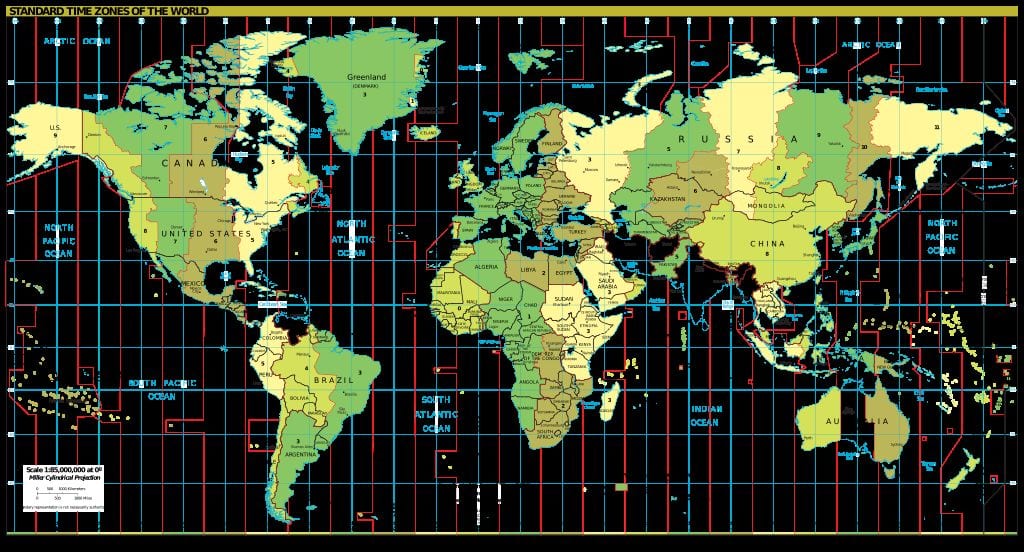
A map of all the world’s time zones
Photo Credit: Public Domain
Also, it is easily observable with the aid of a telescope that all the other planets in the solar system are spherical. While that does not directly show that the Earth is round, too, it certainly implies that in order for the Earth to be flat, the application of the laws of physics would have to be drastically different here compared to the other planets in the solar system…which they are not.

This is Mars – but it’s only part of Mars. If we watched for a while through a telescope, we would be able to see it spin, as more features came into view and others left view. Hence, it’s a sphere.
Photo Credit: NASA
Consider those physics, for a moment. We all (hopefully) accept that the force of gravity both acts on all objects with mass, and is exerted by all objects with mass. Given that that is true, if the Earth were a disc, we would all be pulled towards its center of mass – which would lie at the center point of the disc.
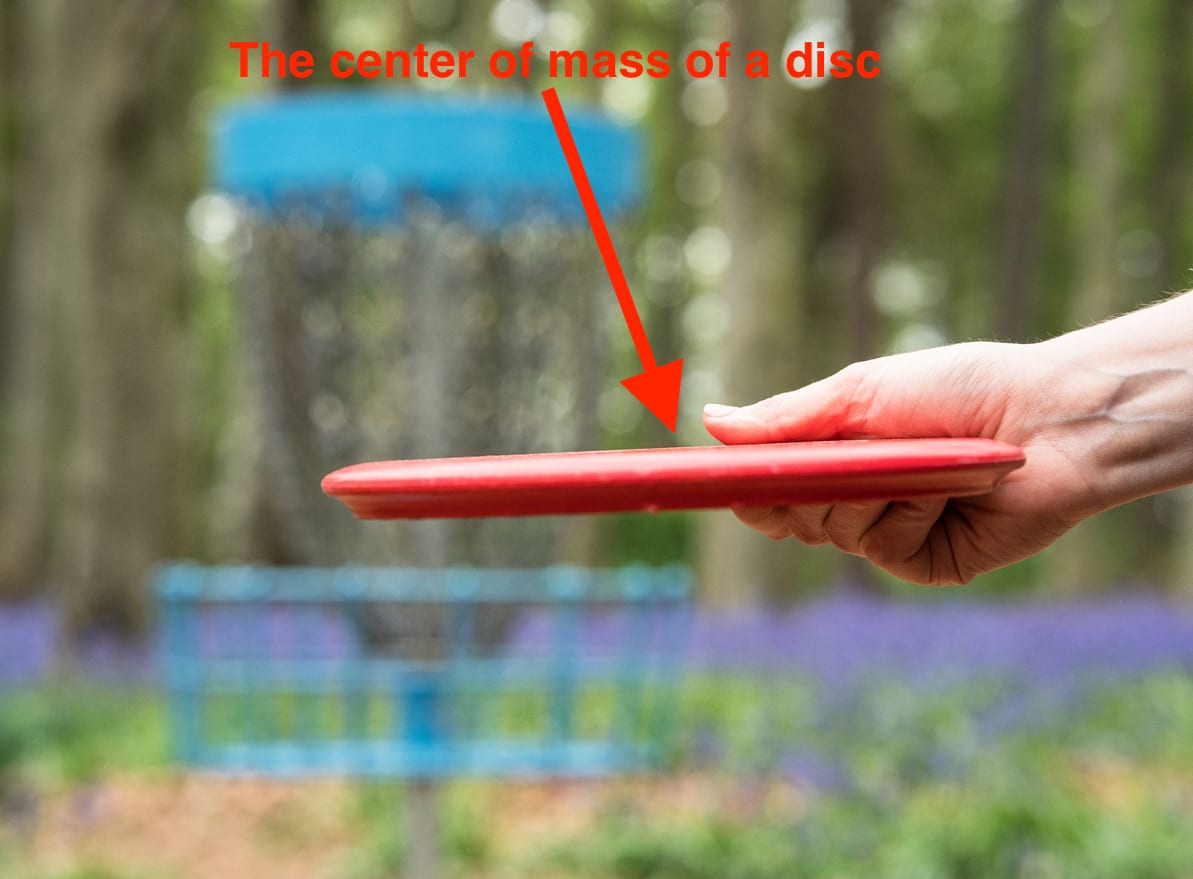
Photo Credit: iStock/DYK?
But since we live on a sphere, gravity pulls us towards the center of the planet’s mass, which is down in the middle of the globe. We don’t go flying sideways, we stand firmly on the ground.
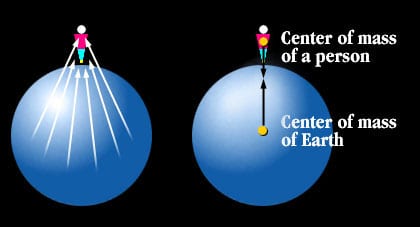
Photo Credit: lasp.colorado.edu
One way you can see for yourself the curvature of the Earth is to get up really high – like, for instance, if you were to fly in a plane. Though the retired Concorde, a supersonic jet flew trans-atlantic until about 15 years ago, had the best view of the Earth’s curve, you can still see it on long, high flights.

Not a view from the Concorde, just another very high flying plane
Photo Credit: Youtube, Wolfie6020
You may recall a few years back when Felix Baumgartner jumped from the edge of space to perform the highest parachute jump ever. Well, that was on a live-feed in front of hundreds of thousands of people, and you can clearly see the Earth’s curvature. Just another example.

Photo Credit: rouvn
There is a plenitude of proof for the Earth’s sphericity, and I genuinely hope this brief examination of it was convincing. If not…you may want to examine your biases.

Photo Credit: Jm3, CC BY-SA 4.0
Sorry not sorry.

